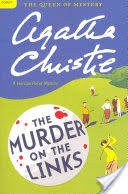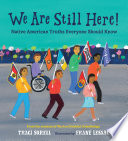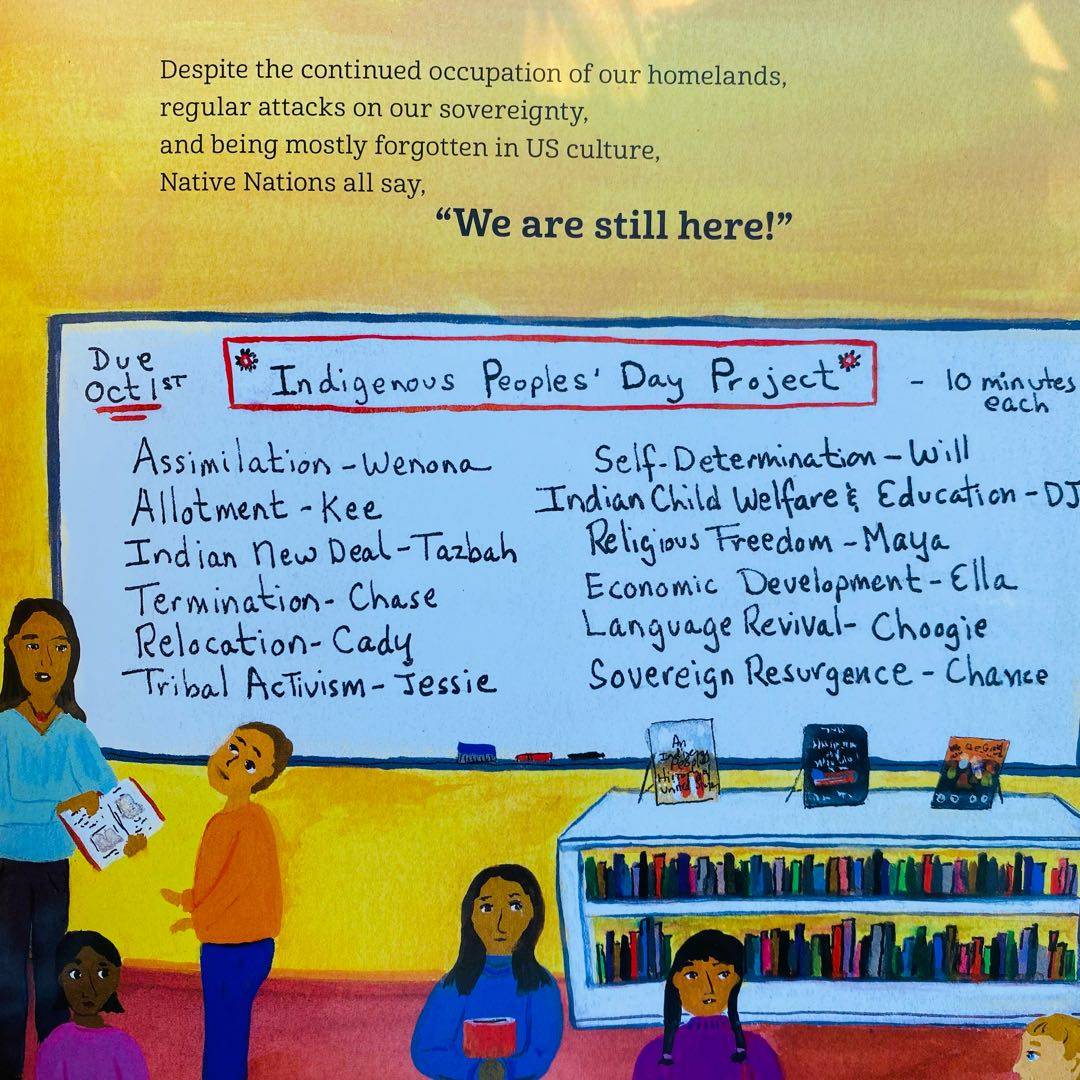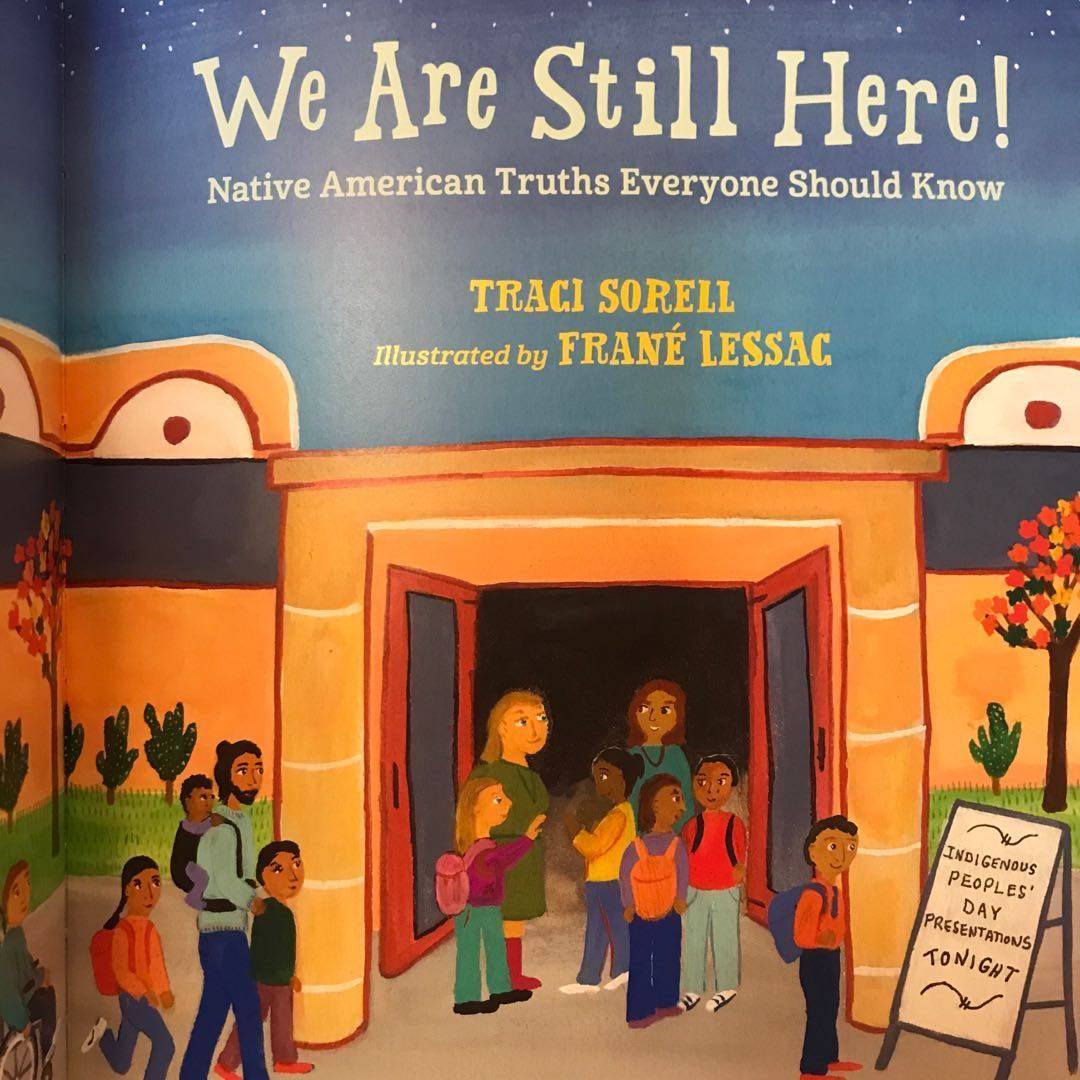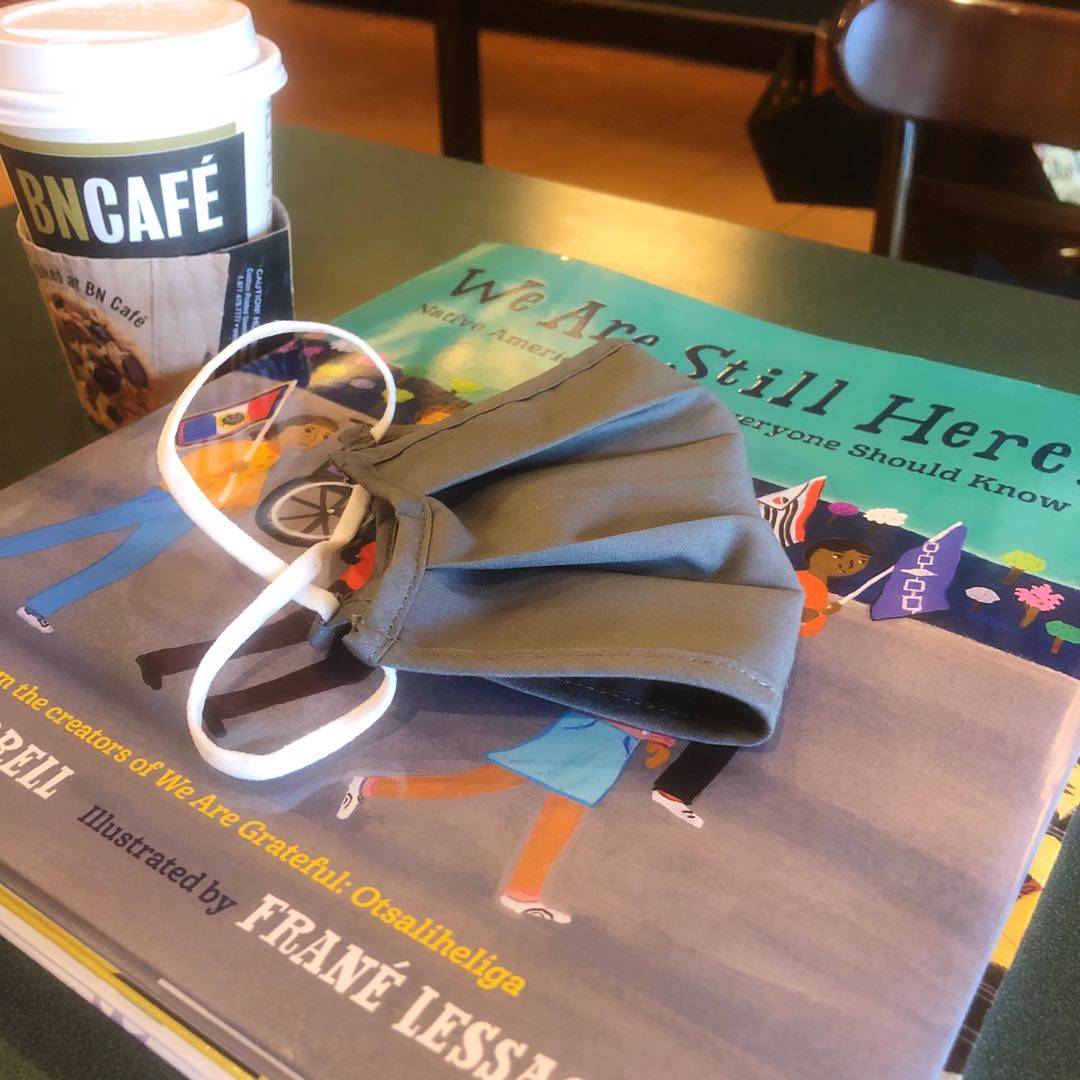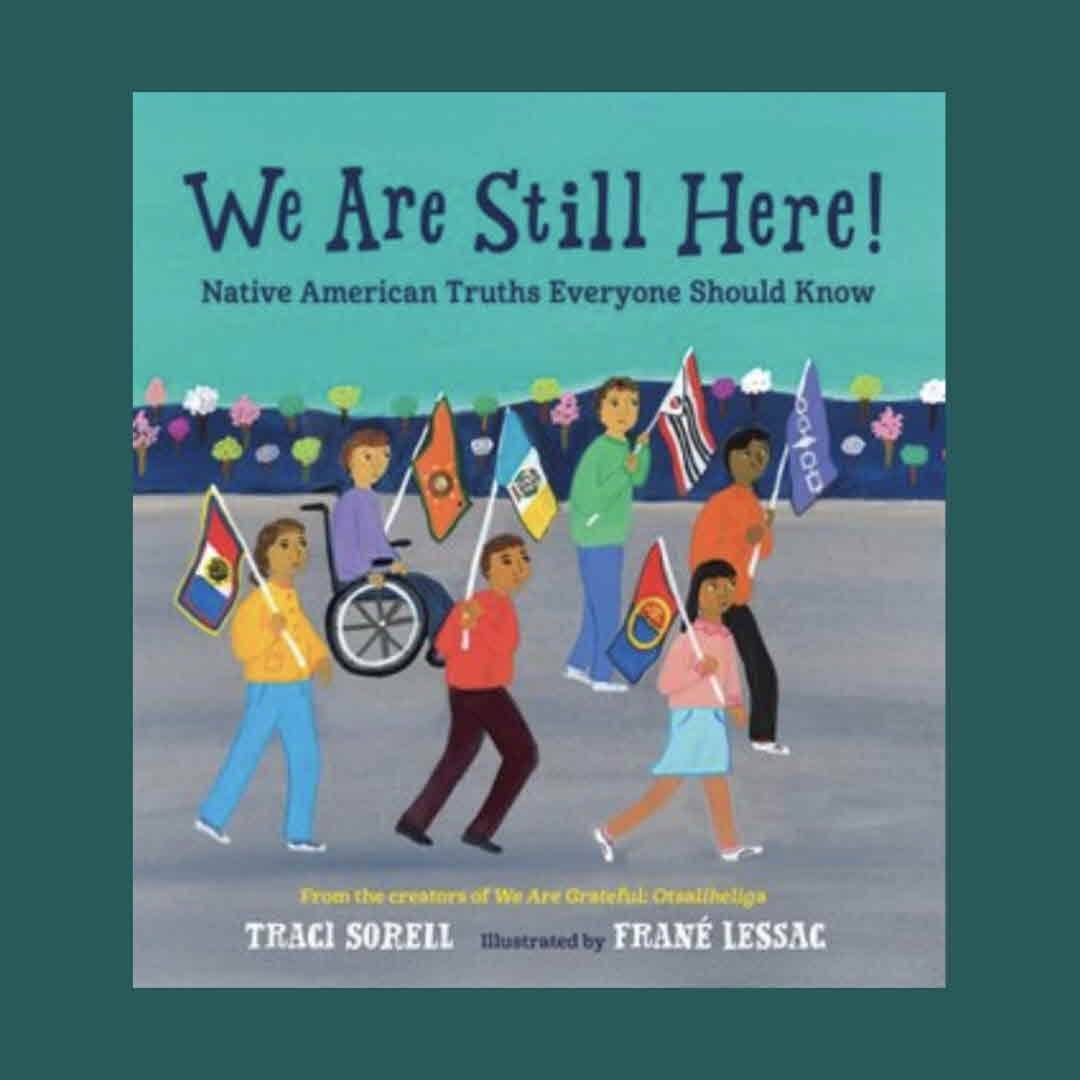
Read this for one of the reading challenges I'm doing: indigenous children's book. It explains the relationship between Native Americans and the government over the years, the injustices the community has faced, and how to help fight for them today. The storytelling style was just lacking here. It was literally written as a school presentation and felt too dry. More could be done to make this interesting for kids.










